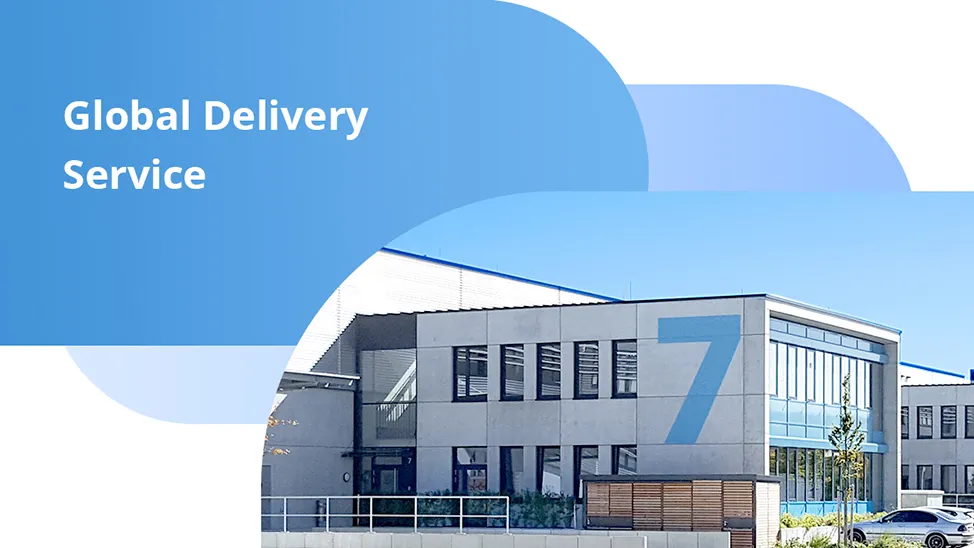Secure Access Service Edge (SASE)
What Is SASE?
Secure Access Service Edge (SASE) is an architectural framework that integrates network and security functionalities into a unified service. This includes Software-Defined Wide Area Networking (SD-WAN) and cloud-native security features such as secure web gateways, cloud access security brokers, firewall as-a-service, and zero-trust network access.
It offers robust defense against attacks, regardless of the user's whereabouts, ensuring consistent enforcement wherever they are, without the need to route traffic back to a corporate location. This seamless process is transparent to users, resulting in a heightened level of security.
What Problems Does SASE Solve?
Many organizations grapple with the complexity of their network infrastructure, including distributed sites, remote users, and numerous appliances, which presents significant challenges for Security Operations teams in terms of management and maintenance. Due to the use of various security control measures, each operates within its own management system with unique configuration processes and interoperability challenges. This decentralized approach often results in visibility gaps, increasing risk exposure and overwhelming IT teams.
Furthermore, fluctuations in network traffic and the diversity of applications necessitate additional resources to accommodate usage spikes while minimizing latency.
IT teams often face difficult decisions between accessibility and security and invest considerable time and resources in preparing for traffic increases and potential cyberattacks. Traditional network architectures exacerbate these challenges by backhauling traffic to centralized hubs for security inspection before routing it to its destination. While this approach ensures high security, it negatively impacts performance and budget, particularly during capacity surges.
In contrast, the SASE architecture addresses these issues by inspecting traffic and providing services closer to the user's location. This enables the elastic addition of resources to meet peak demand, subsequently scaling down when demand decreases. By eliminating traffic backhauling, SASE ensures a seamless end-user experience while reducing risk, allowing businesses to prioritize both security and accessibility effectively.
The Benefits of SASE
The SASE model unifies various networking and security functions that were typically provided separately through isolated point solutions, all within a single integrated cloud service. The SASE architecture helps evolve today’s corporate networks with the following benefits:
-
Enhance Security
SASE ensures consistent security policies and services networkwide, protecting users, infrastructure, and applications across all locations. Leveraging distributed connection points, SASE facilitates easy deployment and robust threat prevention for end-to-end security.
-
Improve Agility
SASE provides networkwide visibility for quick assessment of application and network health, enabling rapid threat detection. Simplifying complexity boosts resource efficiency and enhances visibility. Convergence of network and security capabilities offers a unified focal point for administrators, ensuring policy consistency and stronger security.
-
Simplify Operation
Historically, organizations managed traffic through multiple defense layers and "choke points" with numerous controls. With SASE, the emphasis shifts to direct connections from client devices to the cloud, streamlining operations.
-
Reduce Total Cost
Address point product sprawl by adopting a unified platform, thereby reducing or eliminating capital and operational expenses.
-
Enhance Efficiency
Facilitate secure and seamless user access while enhancing the effectiveness of network and security staff through centralized management.
Creating a 'Threat-Aware' Network with SASE
SASE provides unified networking and security services, effectively addressing organizational network and security management challenges. Moreover, IT teams can detect, automate, and mitigate malicious activities across all network connection points, overcoming the limitations of traditional data center gateways or physical network boundaries.
These capabilities empowering the network to achieve threat awareness enables it to detect and prevent threats from infiltrating the network, thereby simplifying the protection of users, applications, and infrastructure.
SASE introduces the concept of a threat-aware network tailored for the cloud era, with the aim of enhancing security, reducing complexity, and optimizing management. By simplifying security management, SASE enhances the operational efficiency of the network.


-
IP SAN Storage Networking Solution
Traditional FC storage networks suffer from issues such as closed interoperability, limited bandwidth, and high operational costs. Customers seek an IP SAN storage network solution built on the latest technologies to meet zero-loss transmission requiremen
-
400G Coherent Optical Module Solution for Metro Optical Transmission
With the explosive growth of Internet traffic, the demand for fiber optic transceiver modules from cloud operators and telecom carriers continues to grow at a high rate. Traditional fiber optic modules can hardly meet the demand of large bandwidth (over 1
-
Cloud Data Center VXLAN Network Solution
When building data centers, managers generally prioritize stable, secure, and reliable application operation, while giving less attention to business expansion, resource utilization, and simplified management.


